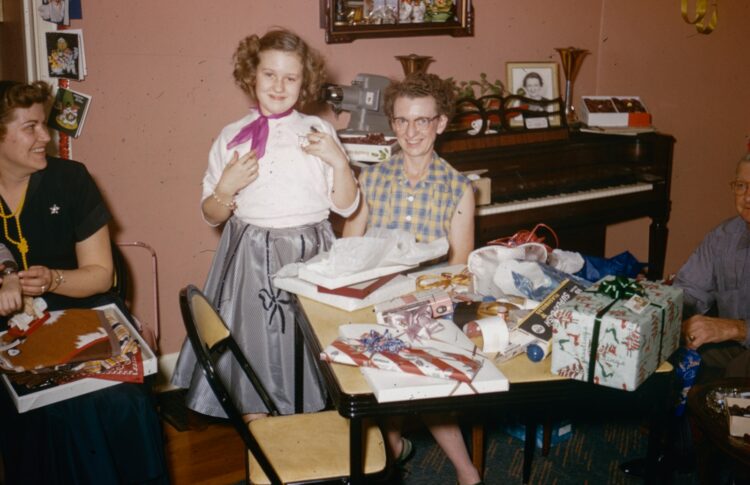
Growing up middle-class in the 70s and 80s meant something specific. There was a rhythm to it that everyone seemed to share. Your house looked a certain way. Your family did certain things. It wasn’t fancy, but it wasn’t struggling either. It was just what normal looked like back then. You had had enough, and that was the whole point of being in the middle.
The Station Wagon in the Driveway
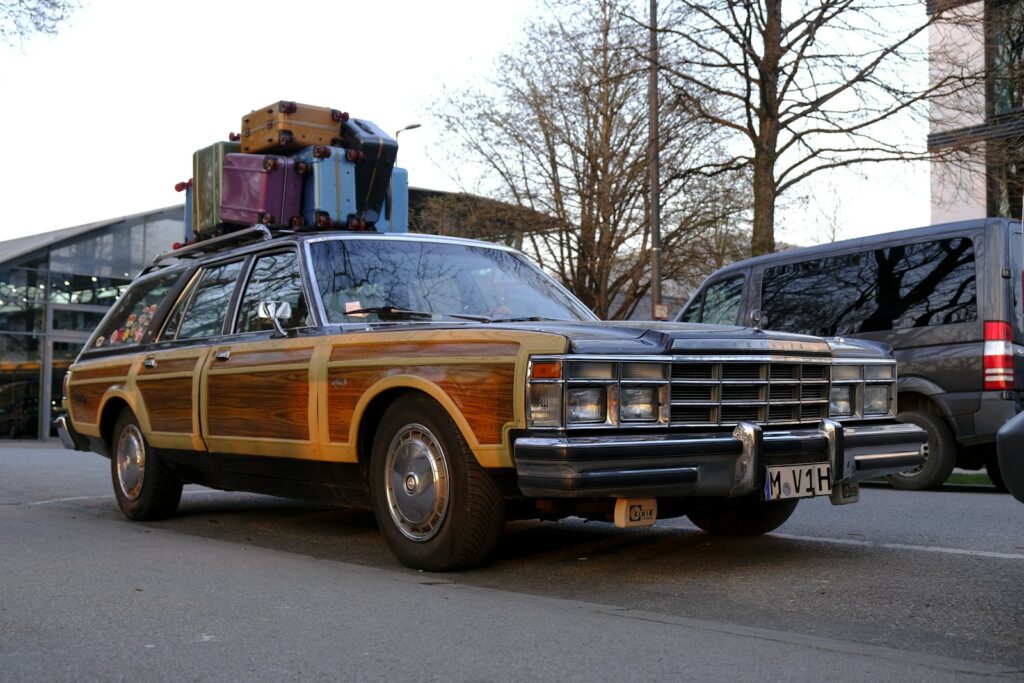
Station wagons meant your parents had reached a comfortable financial place. Not rich but stable enough to buy a car that size. Everyone had one because they worked for families who went places together. Vacations were possible. Hauling stuff around wasn’t a problem. The backward-facing seat was a novelty found only in these cars. You weren’t driving some tiny sedan.
Wood Paneling Everywhere
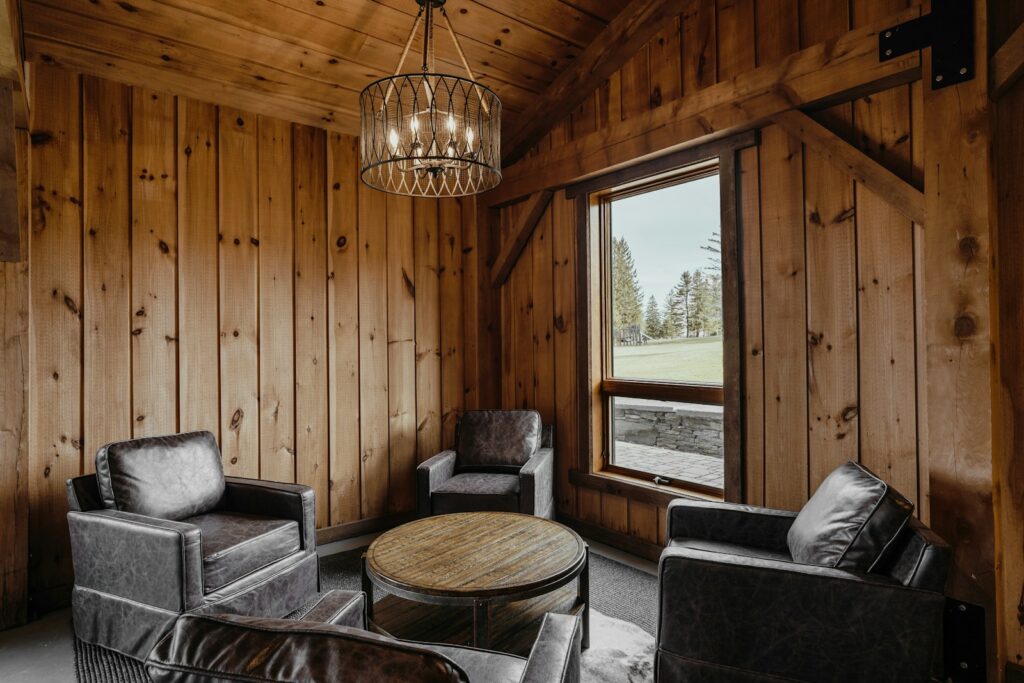
Walk into almost any middle-class home and you’d see wood paneling on the walls. It was in the basement, the family room, or sometimes both. The wood was dark, making the rooms feel smaller. Nobody really questioned it, though. That’s just how houses looked. Sometimes there’d be a single painting or a mirror hung on it. The paneling would get scratched from furniture being moved around, but it stayed up for years.
Shag Carpeting Underfoot

The carpet was thick and came in colors like burnt orange or olive green. You could lose small toys in it. Vacuuming took forever because the fibers were so deep. If you spilled something, it was a whole ordeal to clean. Kids would sit on it to watch TV, leaving impressions that lasted for hours. Every house had it in at least one room. It felt luxurious at the time, even though it collected everything.
TV Dinners on Aluminum Trays
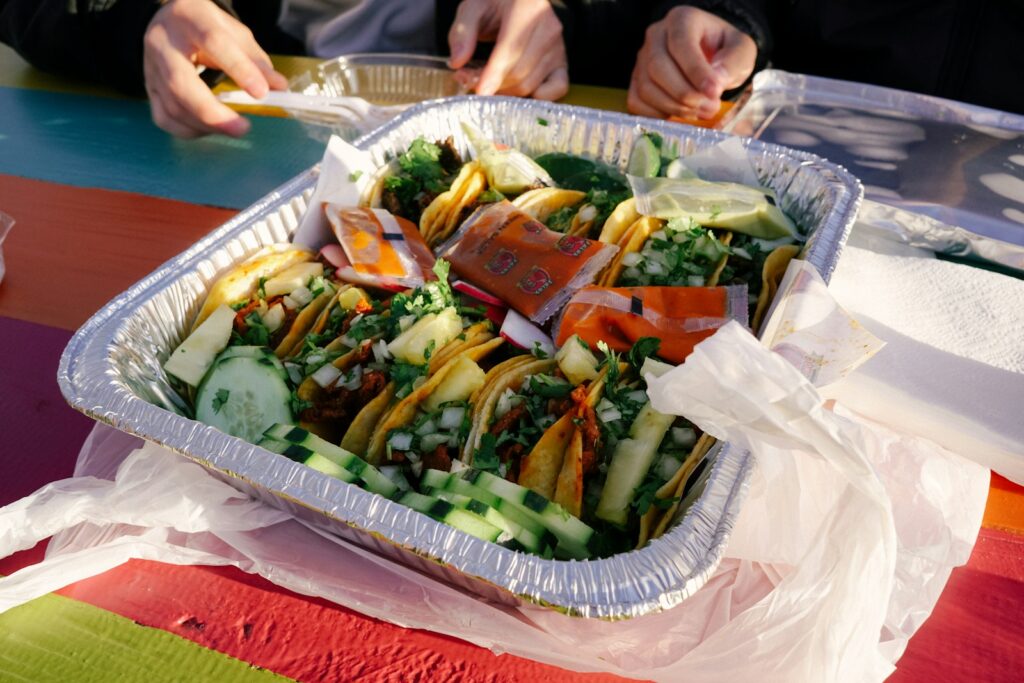
Everything came frozen in a compartmented tray. You’d heat it in the oven, and the kitchen would smell like processed food. Eating them meant you could watch TV while you ate. It felt modern and convenient. The trays would burn your fingers if you weren’t careful. Nobody thought much about nutrition back then. It was just dinner on a busy weeknight.
Saturday Morning Cartoons Were Sacred
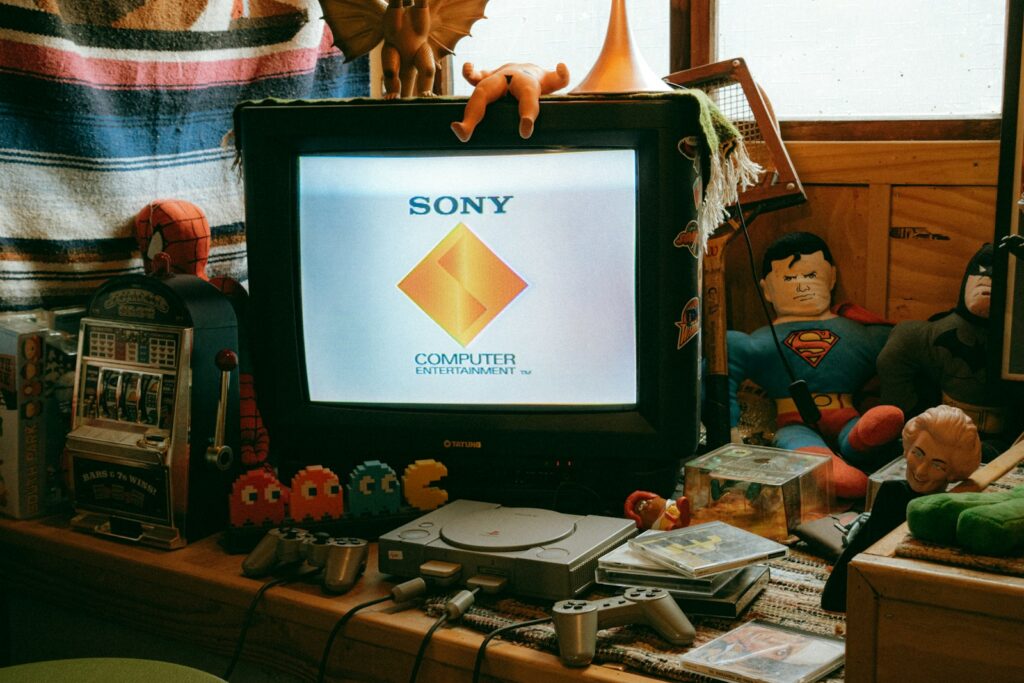
You had to wake up early or you’d miss them. Cartoons only played on Saturday mornings, and that was it. Kids would sit inches from the TV, a bowl of sugary cereal in hand. The carpet would be covered in crumbs by noon. There was no pausing or recording unless you had a VCR. Shows like Scooby-Doo and The Smurfs played back-to-back. When they ended, you knew the weekend was halfway over.
The Rotary Phone on the Wall
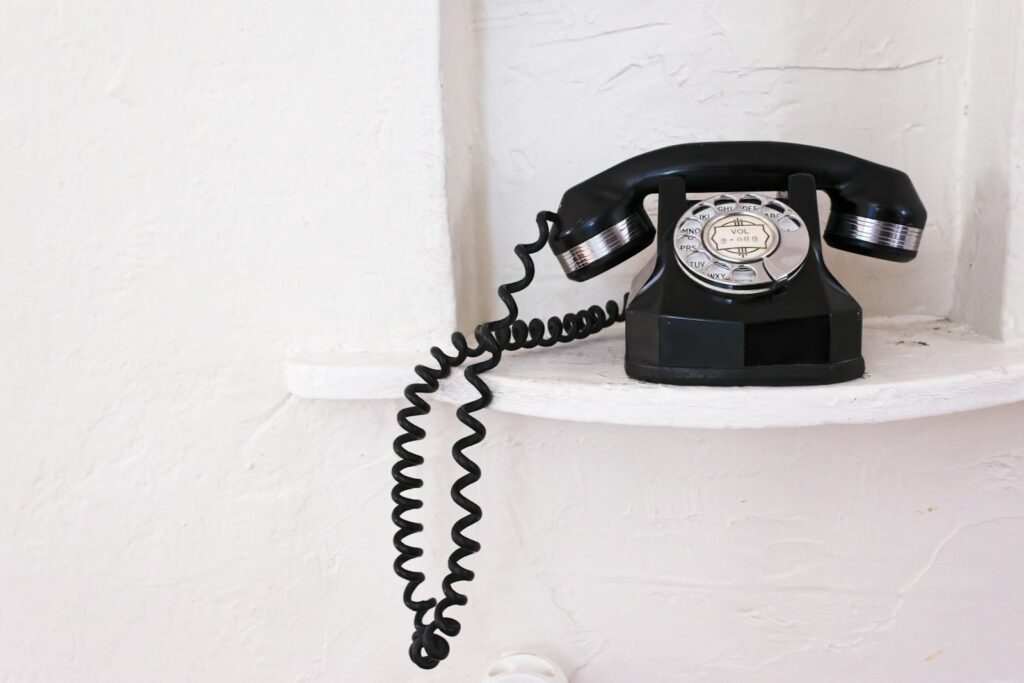
Making a call took effort. You had to stick your finger in the hole and drag it around for each number. If you messed up, you started over. The phone was usually mounted in the kitchen with a long cord that barely reached anywhere private. Everyone could hear your conversations. Calling long distance costs extra, so you kept it short. The dial clicked as it spun back into place.
Encyclopedia Sets Nobody Read

Parents spent real money on encyclopedia sets because middle-class families invested in education. Even if nobody had a college degree, your house could still look educated. The books proved you took learning seriously. They were displayed where guests could see them. It was about showing what you valued and having resources at home.
Recording Songs Off the Radio
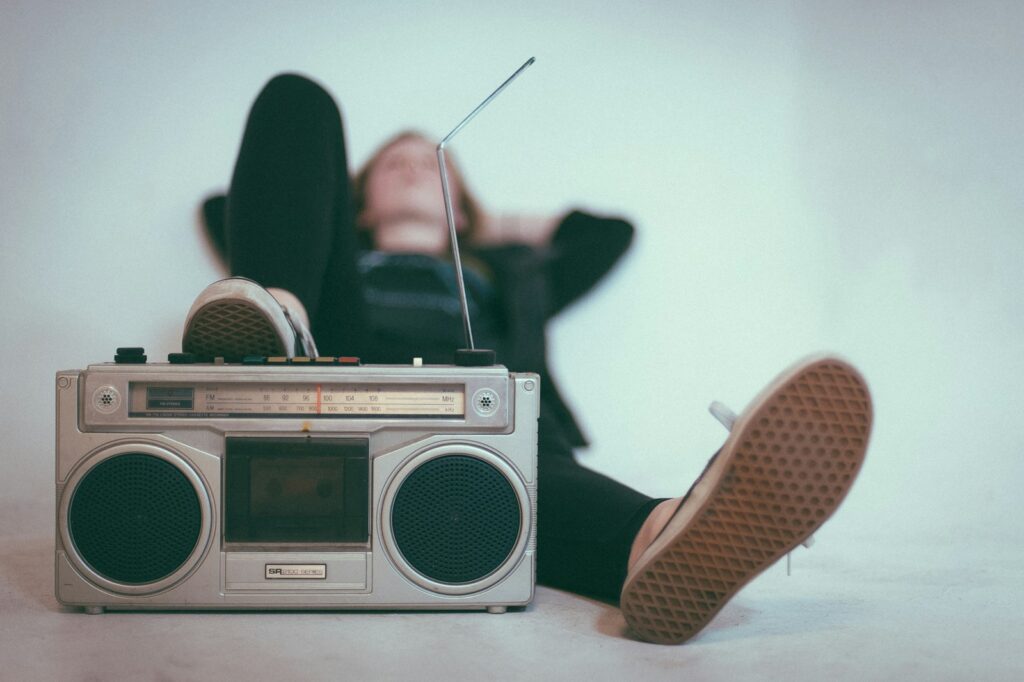
You’d sit by your boom box with a blank cassette tape waiting. When your favorite song came on, you’d hit record as fast as possible. Half the time, you’d catch the DJ talking at the beginning. The quality was terrible, but it didn’t matter. You made mixtapes this way and passed them to friends. Pausing at exactly the right moment was a skill. Those tapes got played until they warped.
Waiting a Week for Your Photos
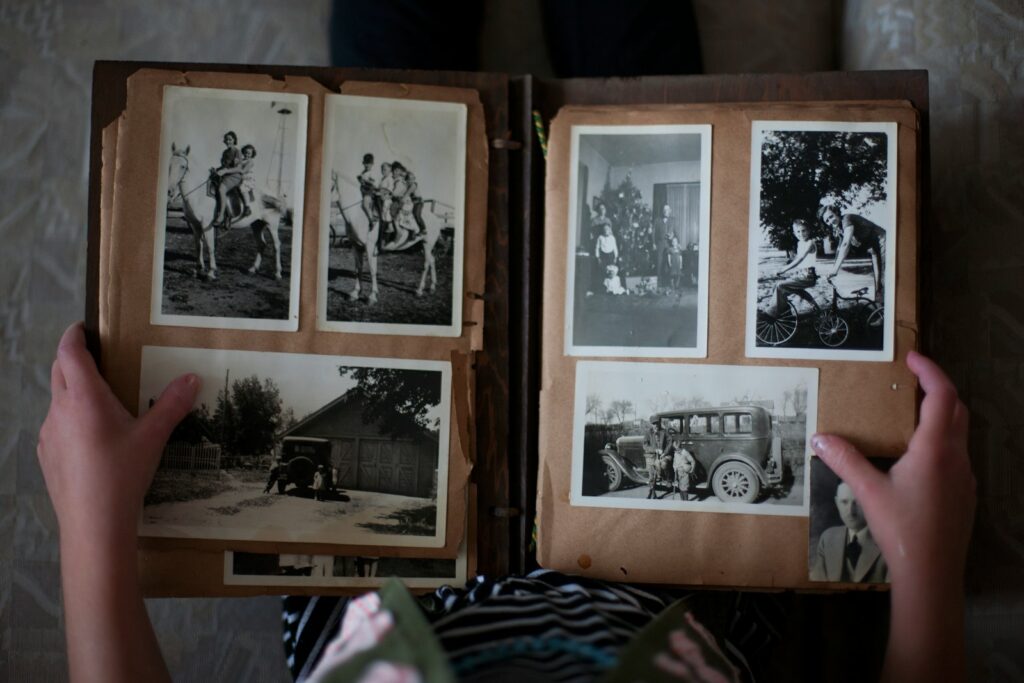
Taking pictures meant planning. The film only had 24 or 36 shots. After you used them all, you’d drop the roll off at the drugstore. It took a week before you could pick them up. Half the photos would be blurry or have someone’s thumb in the corner. You paid for all of them anyway. Getting doubles made sense in case you wanted to share. The little yellow envelope they came in felt important.
Playing Outside Until Dark
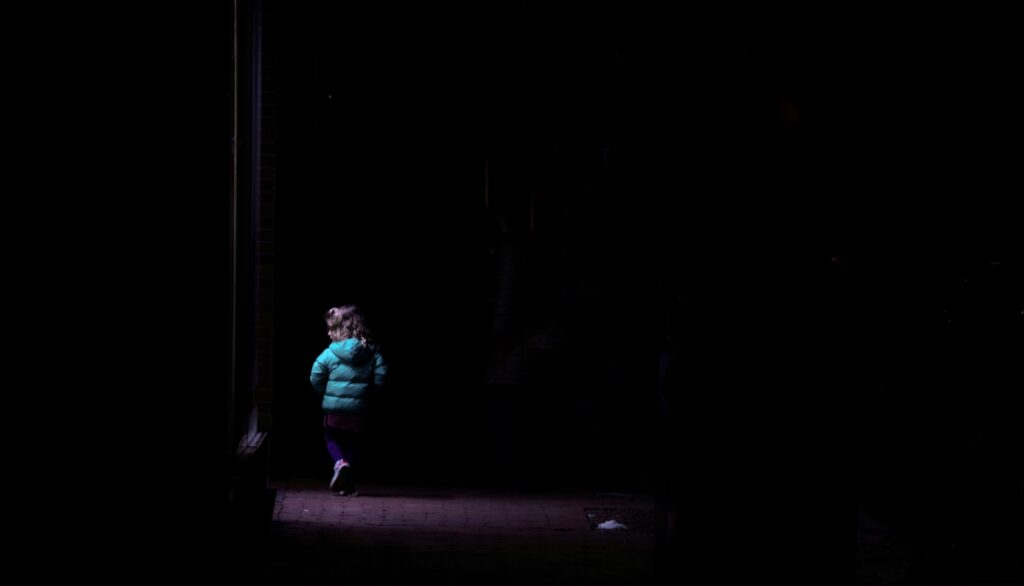
Kids would leave the house after breakfast and not come back until dinner. Nobody had cell phones, so parents just trusted you’d be somewhere nearby. You’d ride bikes or build forts or play kickball in the street. When the streetlights came on, that was the signal to head home. Scraped knees were normal. You’d show up dirty and thirsty, and your mom would just point to the hose outside.
The Mall on Weekends

Families would spend whole afternoons at the mall. Department stores like JCPenney anchored each end. There’d be a food court with Orange Julius and maybe a pizza place. Teenagers would hang out by the fountain or the arcade. Walking around with an Icee was the whole experience. The air conditioning made it bearable in summer. You’d leave with a bag or two and consider it a successful trip.
Casseroles for Every Occasion

Tuna noodle casserole or something with cream of mushroom soup. Middle-class moms had a rotation of these dishes. They were cheap to make and fed many people. Everything got mixed in a baking dish and topped with breadcrumbs or crushed crackers. The oven would be on for an hour, and the house would get warm. Leftovers lasted for days. It wasn’t fancy, but it filled you up.
Tang and Powdered Drink Mixes

Orange Tang was what astronauts drank, so it seemed special. You’d scoop the powder into a pitcher and add water. It never quite dissolved. Kool-Aid was the other option and came in flavors like grape or cherry. The drinks were bright colors that probably weren’t natural. Kids didn’t care. A cold glass of it on a hot day was perfect. The powder would cake up if you didn’t seal the container right.
Sears Catalog Wish Lists
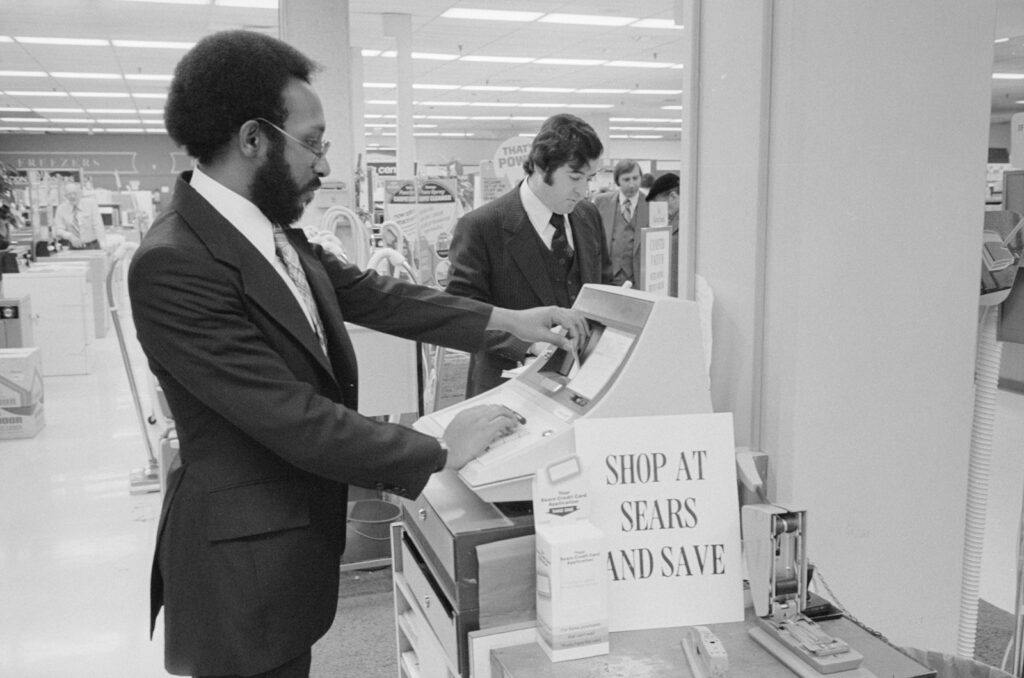
The Sears catalog was thick when it arrived. Kids would flip straight to the toy section and fold down the page corners. You knew your parents weren’t buying everything, but they were probably buying something. That was how the middle class worked. You got some things you wanted for birthdays or Christmas. The catalog just made it easier to show them what those things were. It sat around for months until the next one came.
Renting Movies Was an Event
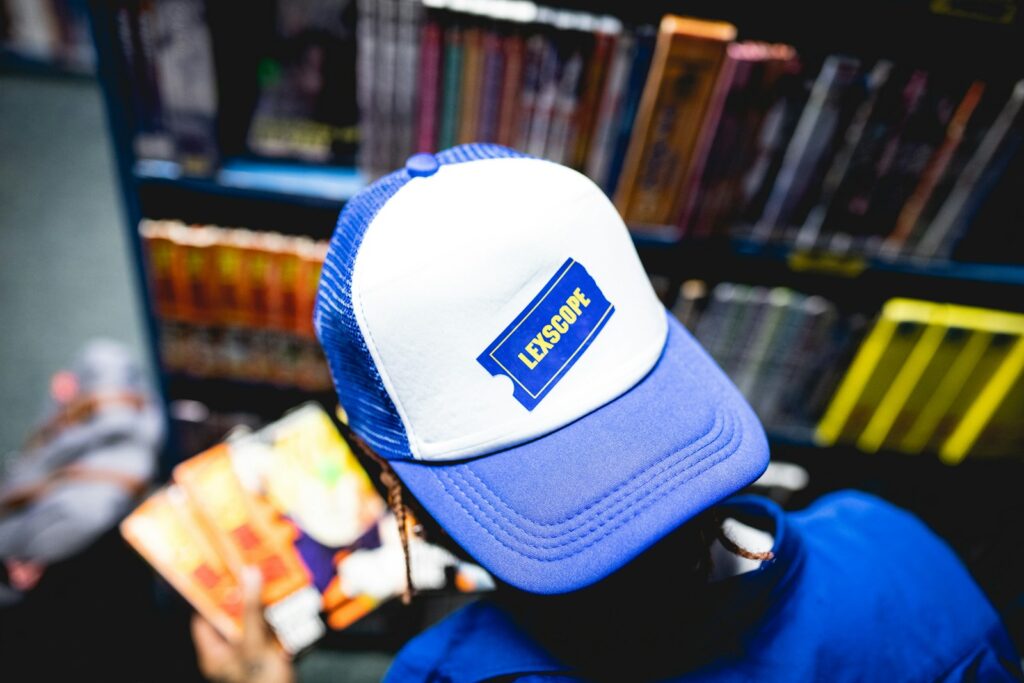
Blockbuster or the local video store was a Friday night ritual. You’d walk the aisles looking at VHS boxes, trying to pick something everyone would like. New releases were always rented out. Late fees were steep, so you had to return things on time. The tapes had to be rewound before you brought them back. Microwave popcorn and a rented movie felt like a big deal back then.

